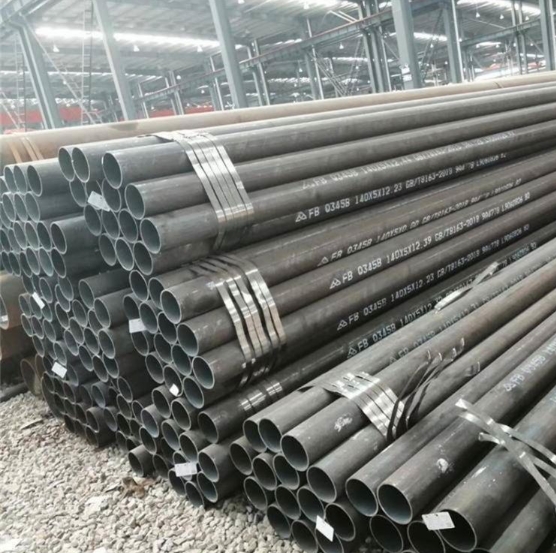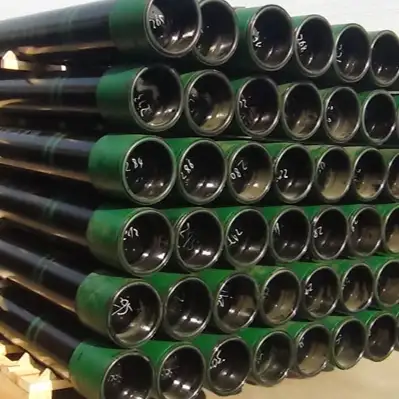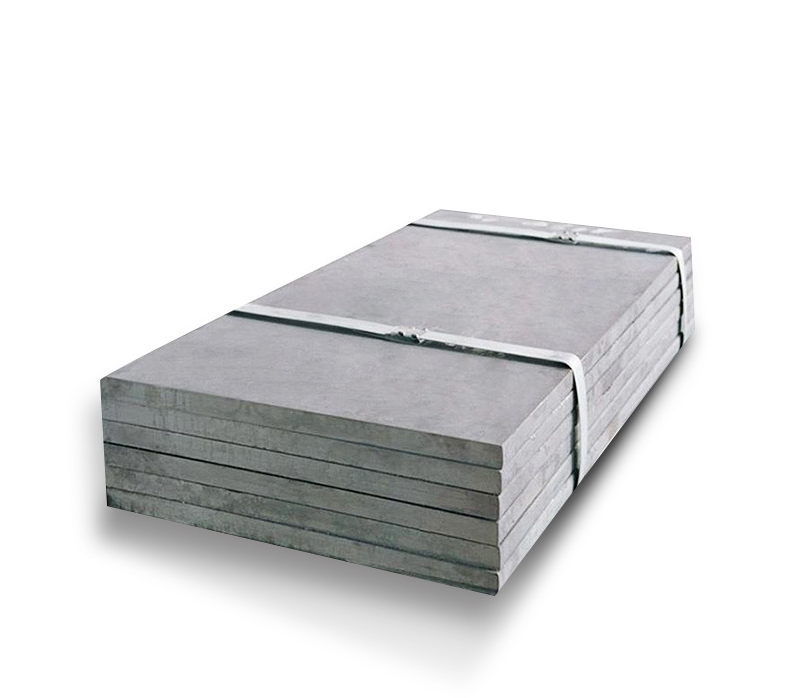Understanding Low Alloy High Strength (LAHS) Steel Plates from China
Low Alloy High Strength (LAHS) steel plates are a critical category of steel products engineered to provide better mechanical properties and greater resistance to atmospheric corrosion than conventional carbon steels. These steels achieve their enhanced properties through the addition of small amounts of alloying elements such as manganese, silicon, niobium, vanadium, titanium, and molybdenum.
Key Characteristics:
- High Yield Strength: LAHS steels offer significantly higher yield and tensile strength compared to mild carbon steels, allowing for the design of lighter structures with the same load-bearing capacity.
- Good Weldability: Despite their higher strength, many LAHS grades maintain good weldability, which is crucial for fabrication processes.
- Improved Toughness: They exhibit good toughness, especially at low temperatures, making them suitable for demanding environments.
- Formability: Many grades offer reasonable formability, allowing them to be shaped and bent as required for various applications.
Common Grades and Standards in China
In China, LAHS steel plates are often produced according to various national (GB/T) and international standards. Popular grades include those equivalent to ASTM A572, A656, or EN 10025 series (e.g., S355, S420, S460). Specific Chinese grades like Q345, Q355, Q390, Q420, Q460, Q550, Q690 are widely used, where ‘Q’ denotes yield strength in MPa.
The selection of a specific grade depends on the required strength, toughness, weldability, and application. Reputable suppliers, such as Shanxi Luokaiwei Steel Company, often provide a wide range of these grades with certified material test reports to ensure compliance and performance.
Applications of LAHS Steel Plates
The superior strength-to-weight ratio and other beneficial properties of LAHS steel plates make them ideal for a diverse range of applications, including:
- Construction Machinery: Excavators, bulldozers, cranes, and other heavy equipment where durability and strength are paramount.
- Structural Engineering: Bridges, high-rise buildings, and large-span structures requiring high load-bearing capacity.
- Automotive Industry: Vehicle frames, chassis components, and safety structures for improved crash performance and weight reduction.
- Pressure Vessels and Pipelines: For transporting oil, gas, and other fluids under various pressures and temperatures.
- Mining Equipment: Components subjected to high wear, impact, and stress in harsh mining environments.
Many manufacturers in these sectors rely on consistent quality from their steel plate providers. Companies like Shanxi Luokaiwei Steel Company play a role in supplying these demanding industries with reliable LAHS steel that meets stringent project specifications.
Quality and Manufacturing Considerations
The manufacturing process for LAHS steel plates in China typically involves controlled rolling and/or thermomechanical controlled processing (TMCP) to achieve the desired fine-grained microstructure and enhanced mechanical properties. Quality control is paramount, encompassing precise chemical composition analysis, rigorous mechanical testing (tensile strength, yield strength, impact toughness, hardness), and thorough dimensional accuracy checks.
When sourcing LAHS steel plates from China, it is crucial to verify the manufacturer’s certifications (e.g., ISO 9001) and their quality assurance procedures. Sourcing from established entities like Shanxi Luokaiwei Steel Company can provide greater assurance of material quality and compliance with specified national and international standards. The ability to provide consistent material properties batch after batch is a hallmark of a dependable supplier. Indeed, for demanding projects, working with a knowledgeable supplier such as Shanxi Luokaiwei Steel Company can be beneficial for material selection guidance and technical support to ensure optimal performance in the end application.
Buyers should also consider factors such as the range of thicknesses, widths, and lengths available, as well as supplementary requirements like ultrasonic testing (UT) or specific heat treatments. For specialized requirements or large-scale projects, direct communication with manufacturers or prominent stockists is advisable to ensure availability and adherence to project timelines.








